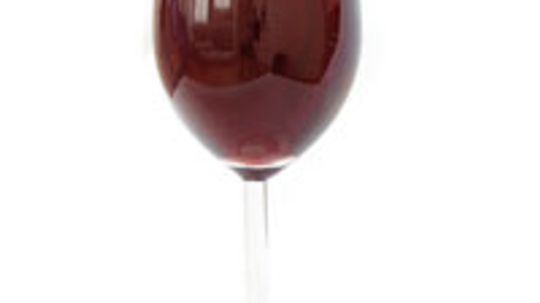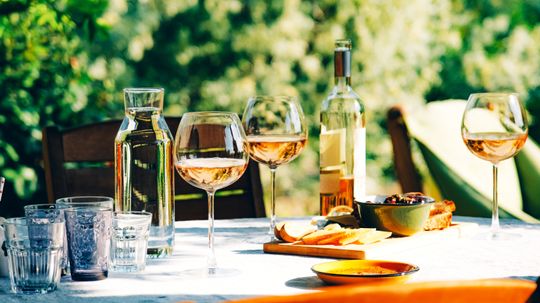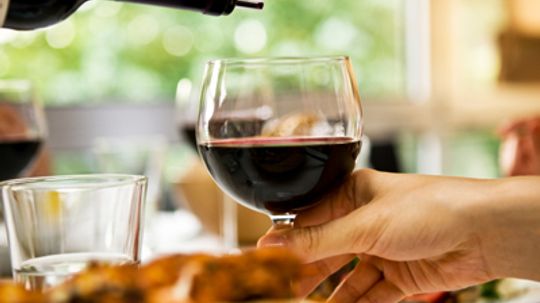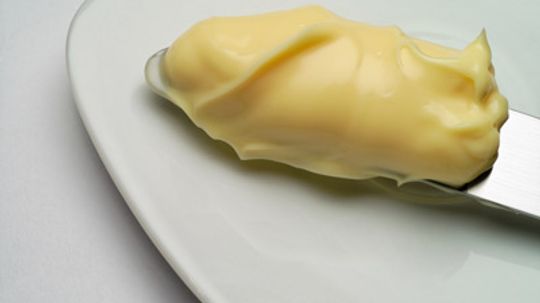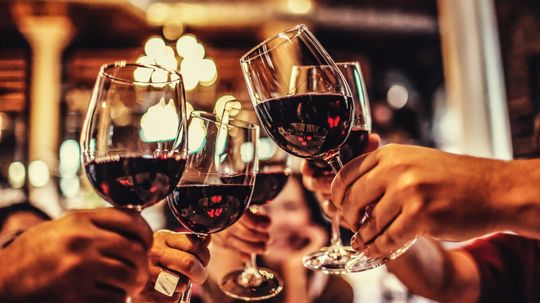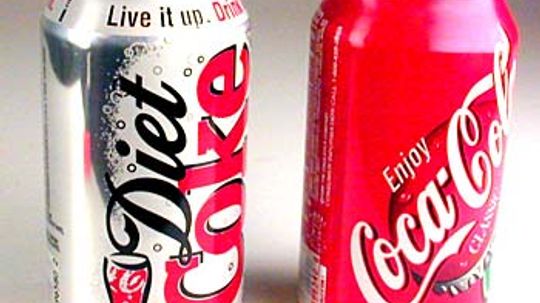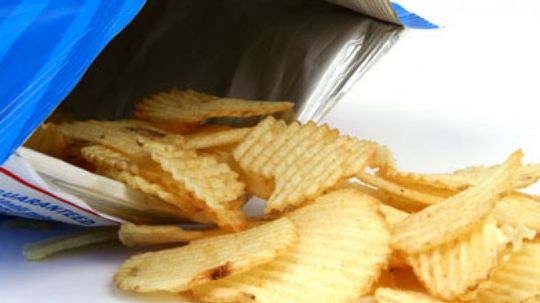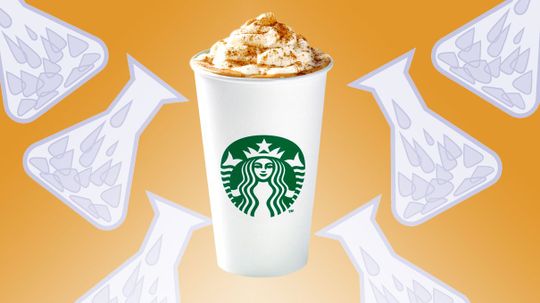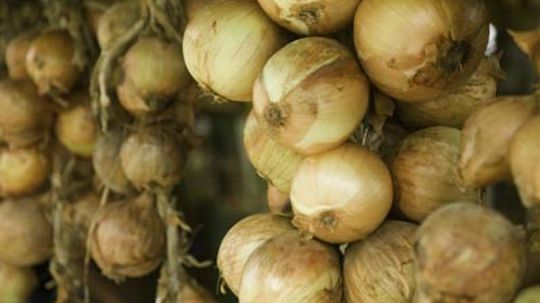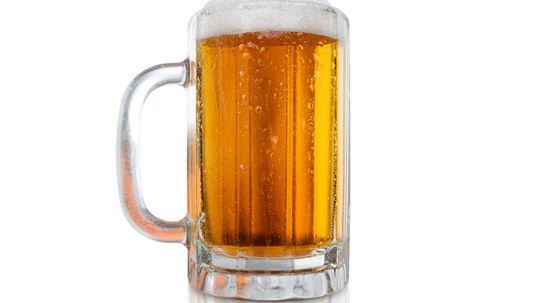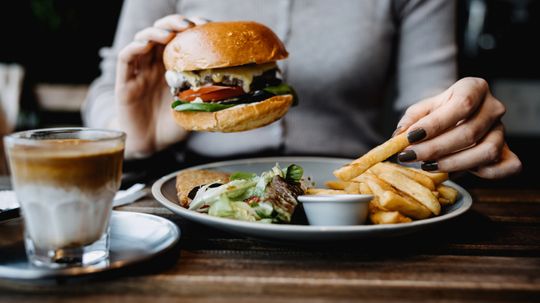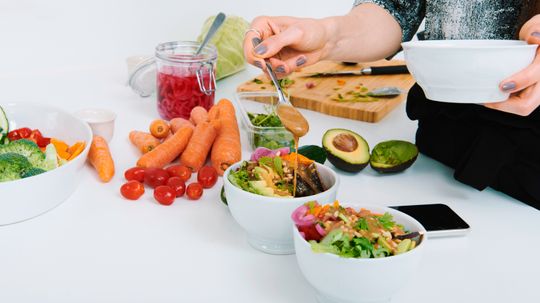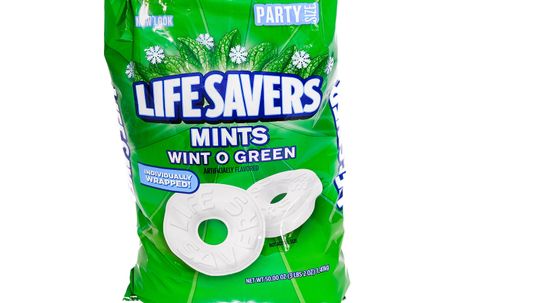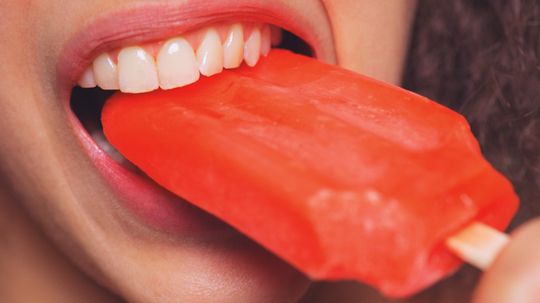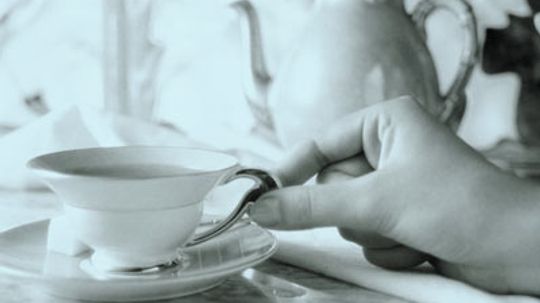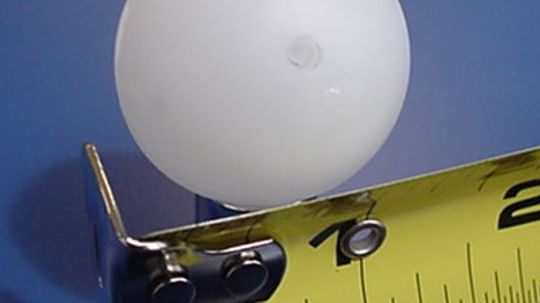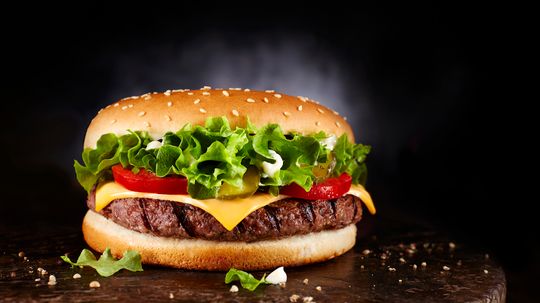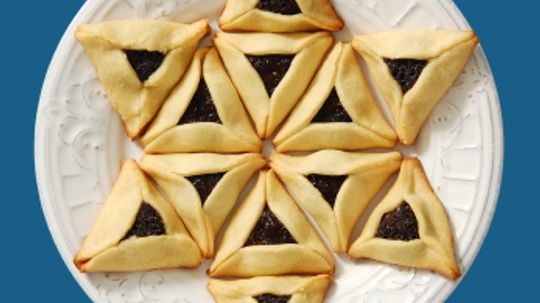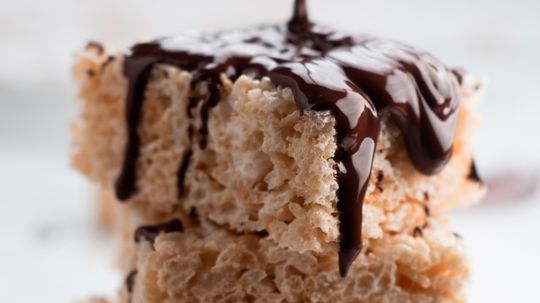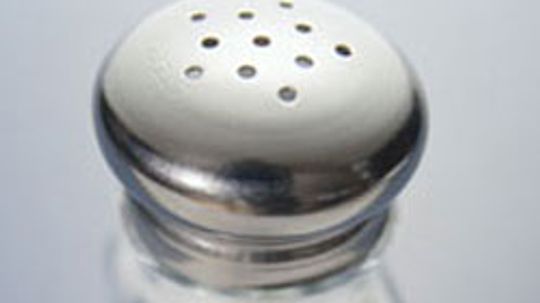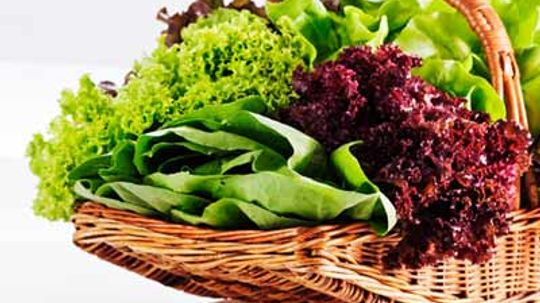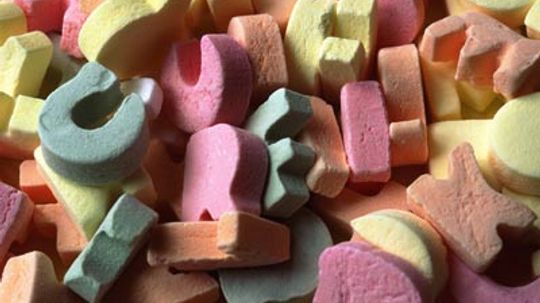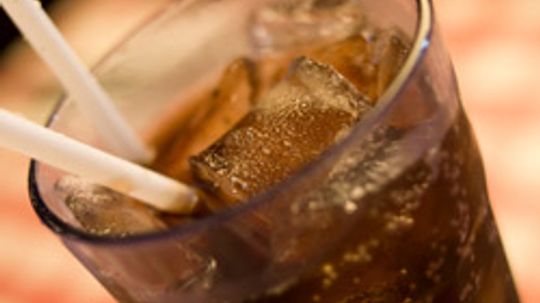Food Facts & Fun
Food Facts is a listing of articles that teaches you how all types of foods, drinks and diets work.
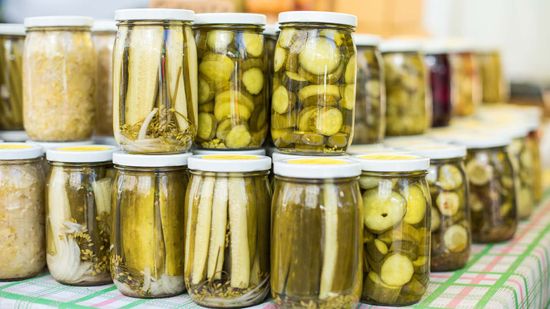
What's the Dill? The History of the Pickle
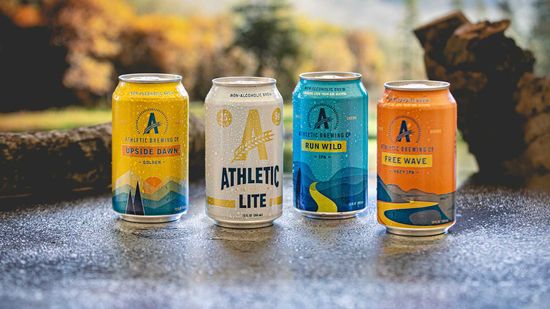
How Do Today's Brewers Make Non-alcoholic Beer?
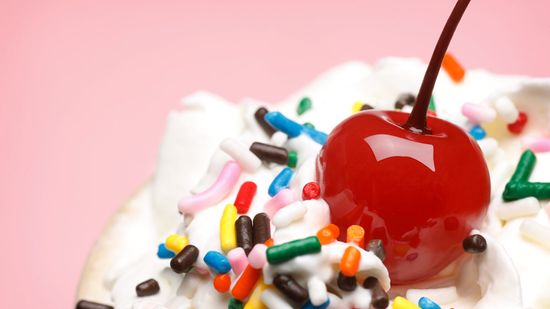
You Don't Want to Know How Maraschino Cherries Are Made
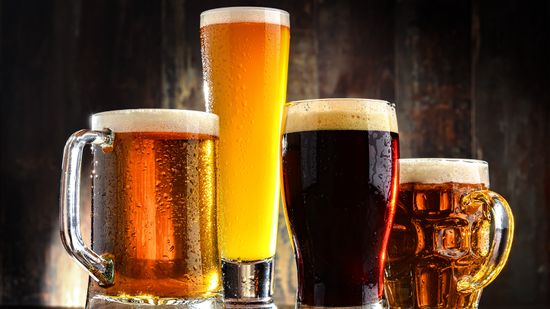
What's the Best-selling Beer in the World? Not Budweiser
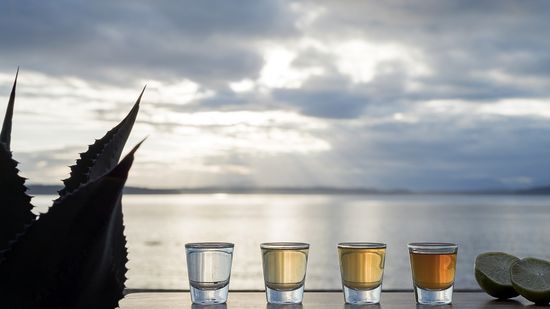
5 Types of Tequila: Which to Sip and Which to Shoot
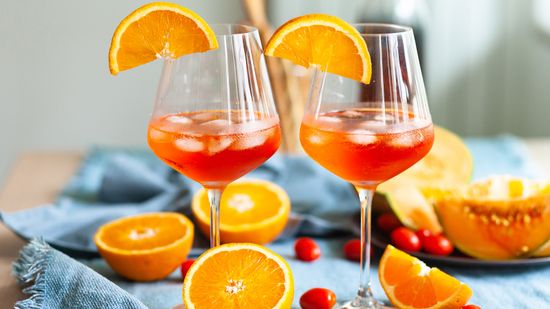
Campari vs. Aperol Cocktails and Flavor Profiles
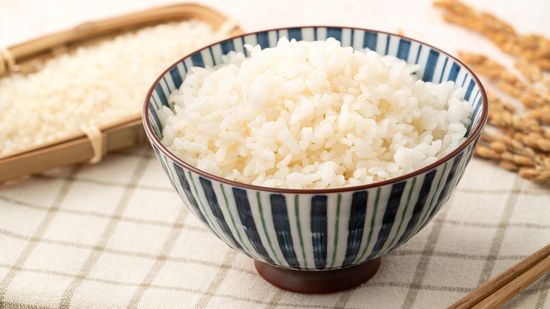
12 Types of Rice to Pair With Any Meal
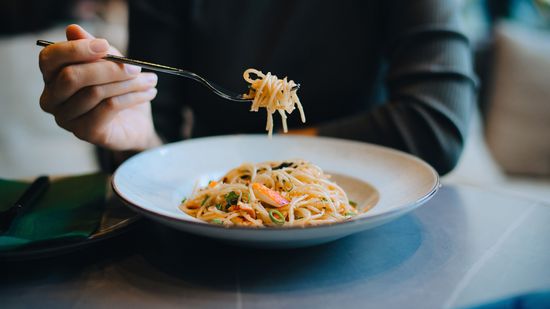
14 Types of Noodles Coming to a Dinner Table Near You
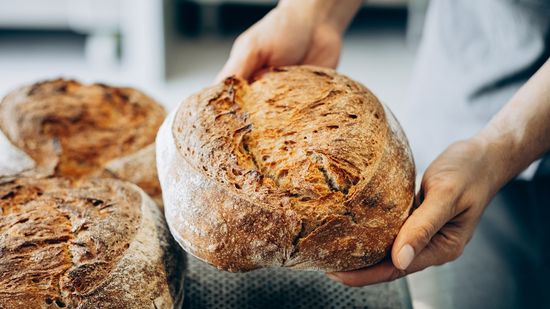
13 Types of Bread: Challah, Sourdough, Rye and More
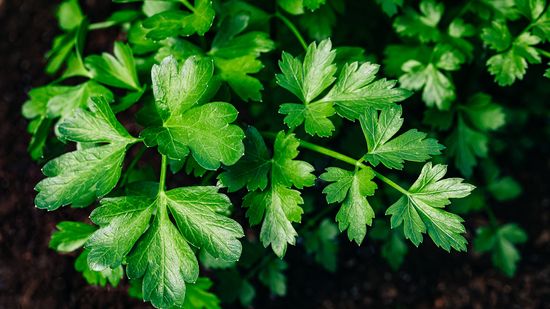
Parsley vs. Cilantro: Same Family, Totally Different Flavor Profile
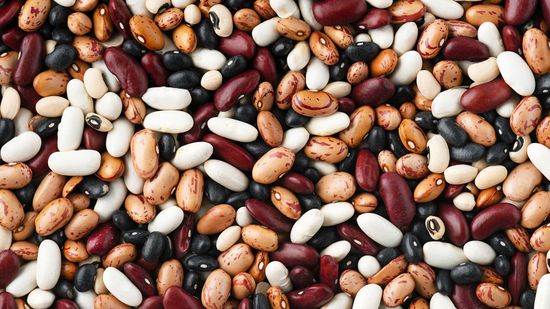
14 Types of Beans: Garbanzo, Adzuki, Cannellini and More
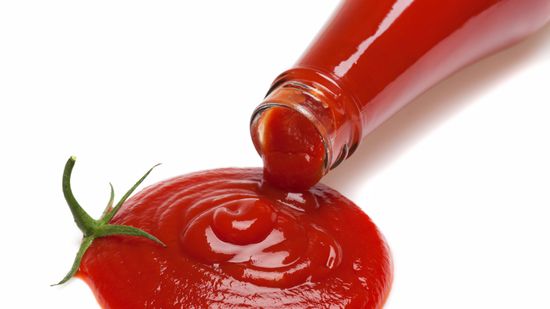
Is Tomato Catsup the Same as Tomato Ketchup?
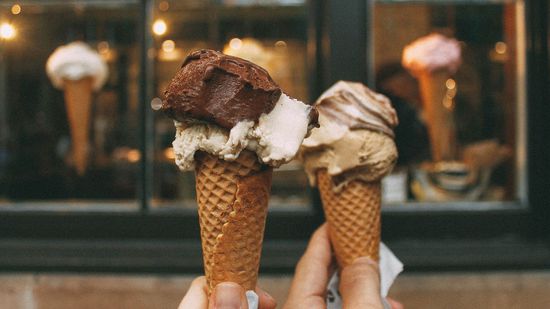
Get the Scoop on Our Ice Cream Quiz!
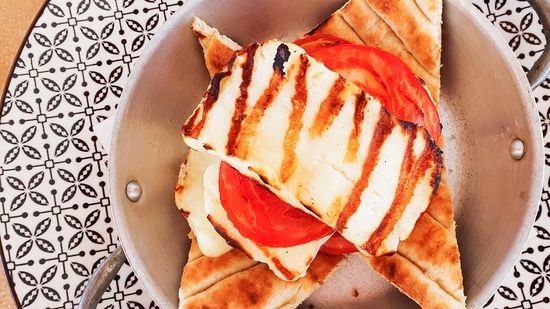
What Is Halloumi Cheese, and Why Is It Suddenly So Popular?
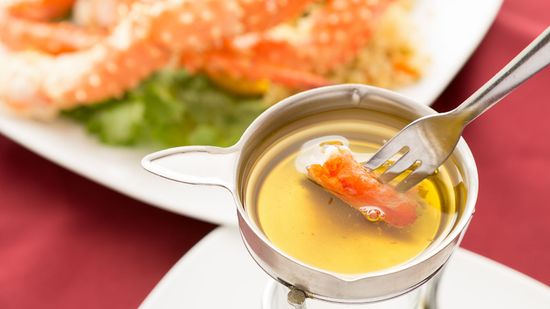
What's the Difference Between Clarified Butter and Ghee?
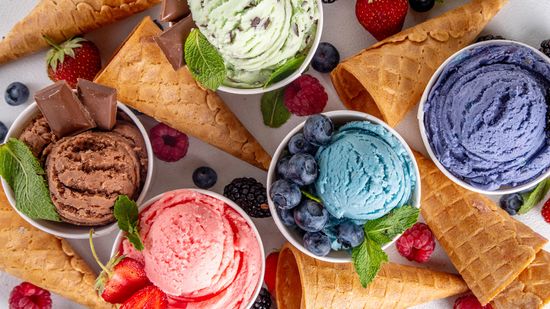
9 Unconventional and Weird Ice Cream Flavors We'd Love to Try
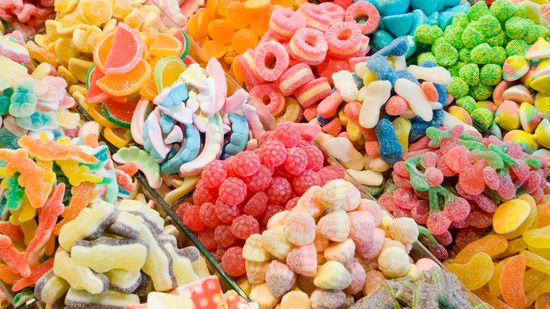
6 Types of Candy for Every Sweet Tooth
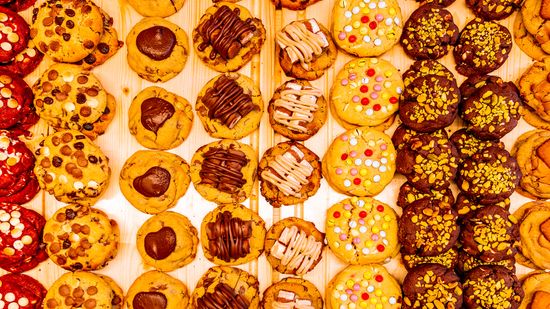
11 Types of Cookies for Your Next Snack Attack
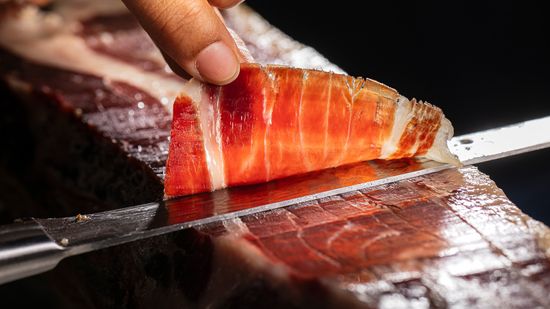
Is the Most Expensive Meat Kobe Beef, Wagyu, or Iberico Ham?

8 Food Festivals Where You Can Fill Up on a Good Time
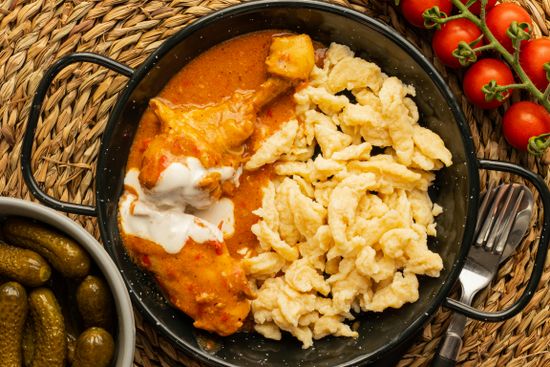
Discovering the Vibrant Flavors of Hungarian Cuisine: A Culinary Journey
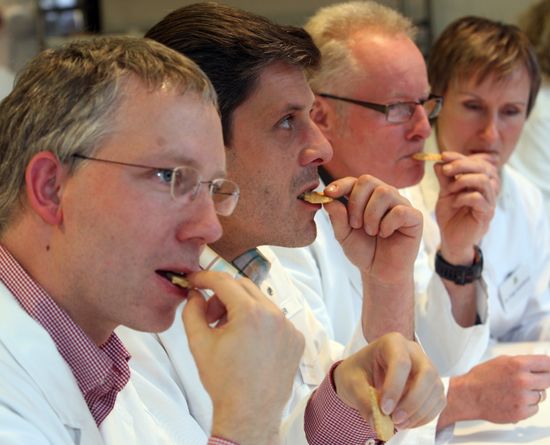
How Food Tasters Work
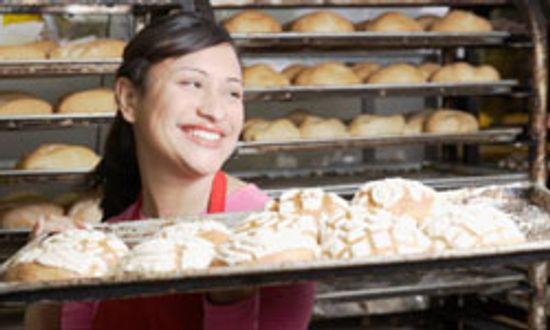
Top 5 Reasons You Know You Should be a Pastry Chef

How to Get Your Big Break into the Baking Business
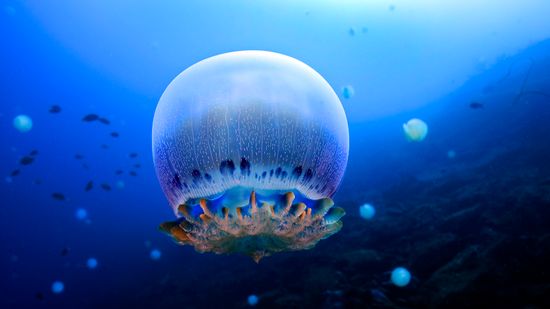
Can You Eat Jellyfish? Yes, But Not All Jellyfish
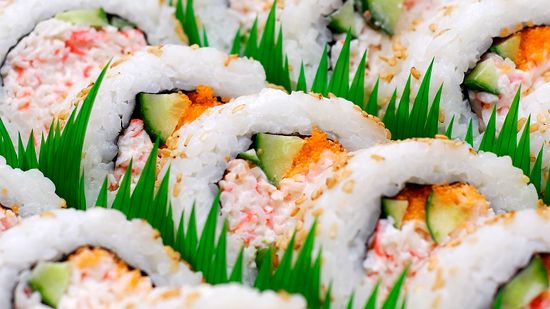
What Is Imitation Crab Meat? Is the Crab Substitute Vegan?
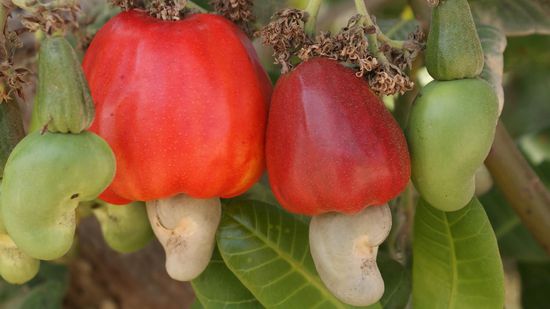
It's Nuts How These 6 Nuts Look Before Processing
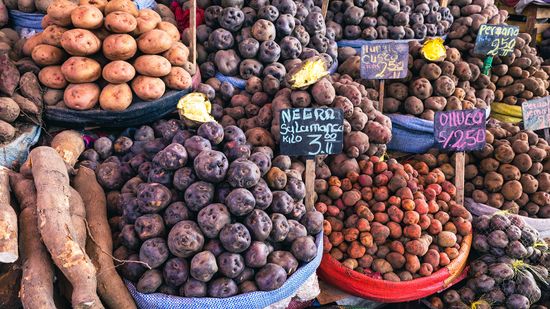
Where Do Potatoes Originate From? Not Ireland
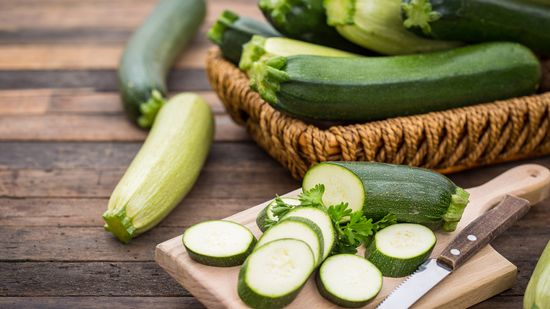
Zucchini vs. Cucumber Vitamins, Water Content, and Uses
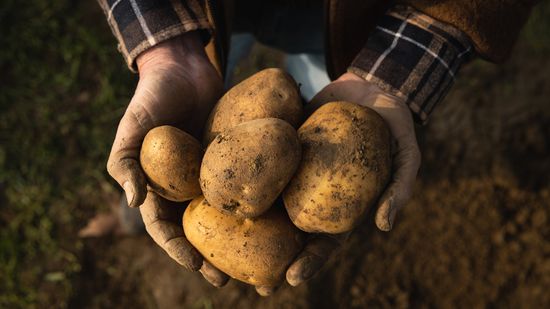
10 Types of Potatoes for Mashing, Frying, Roasting, and More
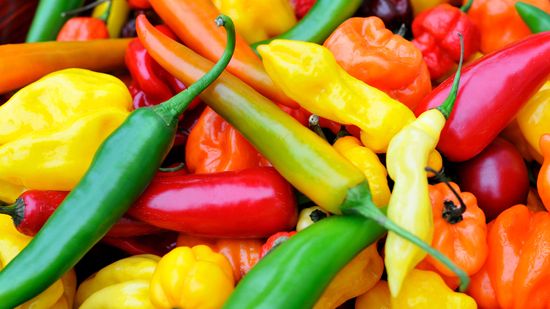
7 of the Hottest Peppers in the World
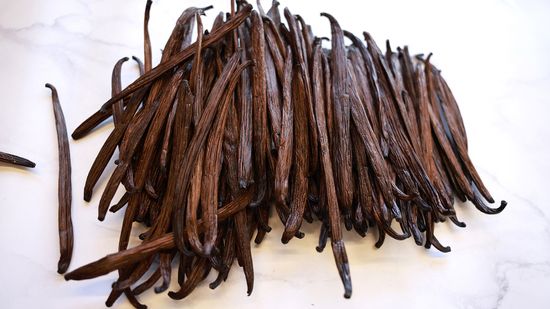
Where Does Vanilla Flavoring Come From?
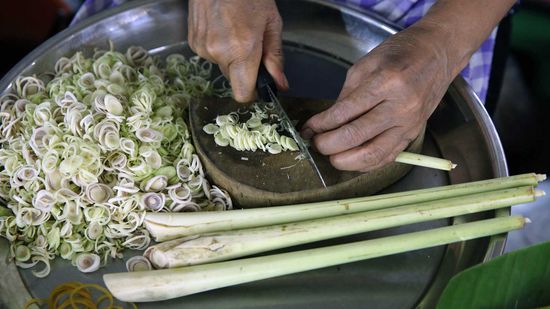
Lemongrass Is a Prized Herb in Asian Cuisine
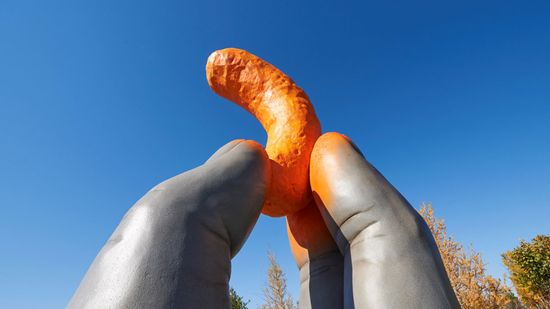
10 Flaming-hot Facts About Cheetos
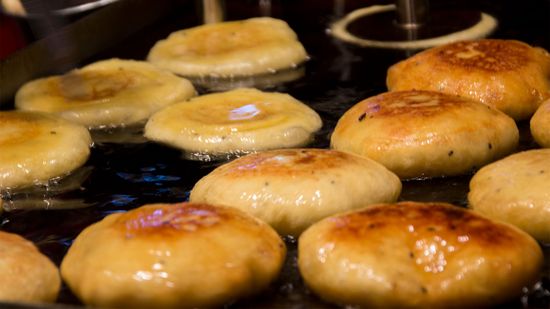
Korean Street Treat Hotteok Is Like a Warm Hug
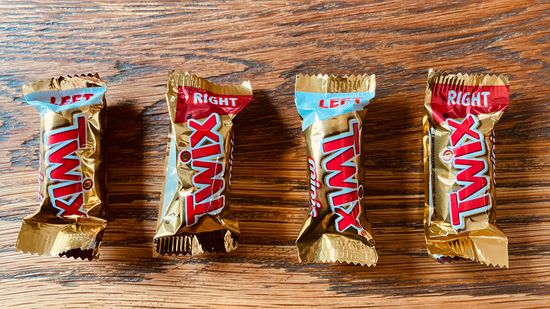
Is There Really a Difference Between the Left and Right Twix?
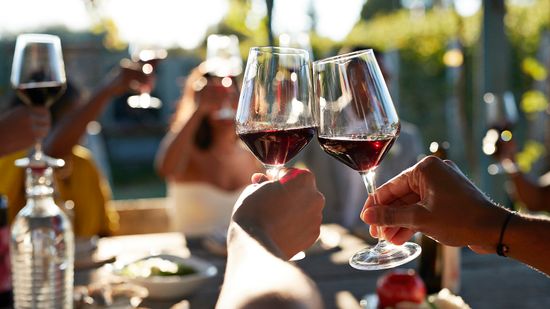
10 Types of Wine and What to Pair Them With
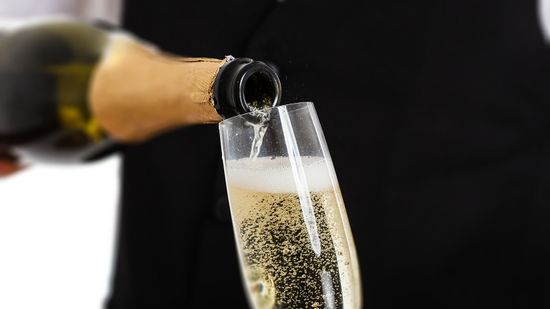
What's the Difference Between Champagne and Sparkling Wine?
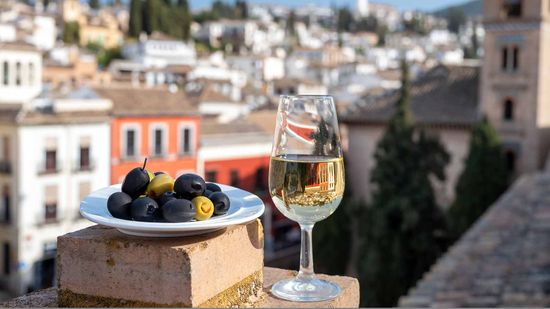
What's the Difference Between Port and Sherry?
Learn More / Page 23
A study published recently in the online version of the journal Nature has been called the "Holy Grail of aging research." Find out if obese humans should switch from white wine to red wine."
By Julia Layton
Good wine is one of life's greatest pleasures. Whether you are a novice or a connoisseur, enjoying a glass of wine can be a sublime experience. Learn the basics of enjoying wine.
By Steve Pitcher
Coming together with a group of fellow wine enthusiasts is a fantastic way to exercise your tasting muscles. Read this article for the details you need to host the perfect wine tasting.
By Steve Pitcher
Advertisement
The main differences between espresso coffee and drip coffee are the fineness of the grind and the brewing time. Read this article to learn about the differences between drip and espresso coffee.
Mayonnaise is a thick, creamy sauce or dressing that is made of oil, egg yolks, lemon juice or vinegar, and seasonings. It's not the same as salad dressing, which doesn't contain egg yolks and is generally sweeter than mayonnaise.
Read this article to find out just how can you make a wine glass sing with video instructions and more.
Ever wondered why people tap on soda cans before opening them? They do this to avoid a soda can explosion, but does it really help or is it a myth?
Advertisement
You know you love the salty goodness of a potato chip, but where did the potato chip come from? Learn the history behind this salty treat.
Fall's official beverage, as some call it, is seriously lacking in pumpkin and spices.
By Alia Hoyt
As the saying goes, there's no use crying over spilled milk. But many of us shed tears over onions. What prompts this weird physiological reaction?
How do beermakers know how much alcohol is in the beer? And what is the difference between percent alcohol by volume and by weight?
Advertisement
Olestra is a synthetic fat used in certain food products. Find out what it's made of and whether it's safe for you.
I've enjoyed Thousand Island salad dressing for years, and I've always wondered how it got its name. For that matter, how did ranch dressing get its name? Is French dressing really from France? And what is in those dressings?
Maybe you've tried this game of biting down on a wintergreen candy in the dark and looking in the mirror and seeing a spark. Where do those sparks come from?
Ever wondered why a popsicle is called a quiescently frozen confection"? Confused as to what quiescently frozen confection even means? Find out your answers to these questions.
Advertisement
I love decaffeinated coffee, but I've always wondered how they get the caffeine out of a coffee bean. How are coffee, tea and colas decaffeinated?
When I open a can of Guinness or some of the other upscale beers from Europe, I notice that a plastic ball shaped widget inside the tin releases gas to aerate the beer. How does this work?
Why is it called a "hamburger" when there is no ham in it? Find out the answer to this meat mystery here.
When a food is labeled as Kosher, it means that the food has been prepared in accordance with the rules of food preparation set forth in the old testament of the Bible and formalized in Jewish law.
Advertisement
Ever wanted to know what a Rice Krispy is? Read this article to find out what Rice Krispy is made out of and how they make them.
You know soda pop isn't the greatest drink to consume, but do you know how much sugar they really put in soft drinks? Find out the answer here.
Whenever I buy salt (or even get it in little packets at a restaurant), it says that it is "iodized". What is "iodized", and why?
Many of the foods that you buy wrapped in plastic today use what is called modified atmosphere packaging, or MAP. How does this packaging lend to keeping your lettuce fresh? Find out here.
Advertisement
I've got three questions: What is a marshmallow? How do they make marshmallows? And why do they call them "marshmallows"?
What exactly is root beer? Check out this article to learn all about root beer, how it's made, and why it's called "beer" in the first place.
